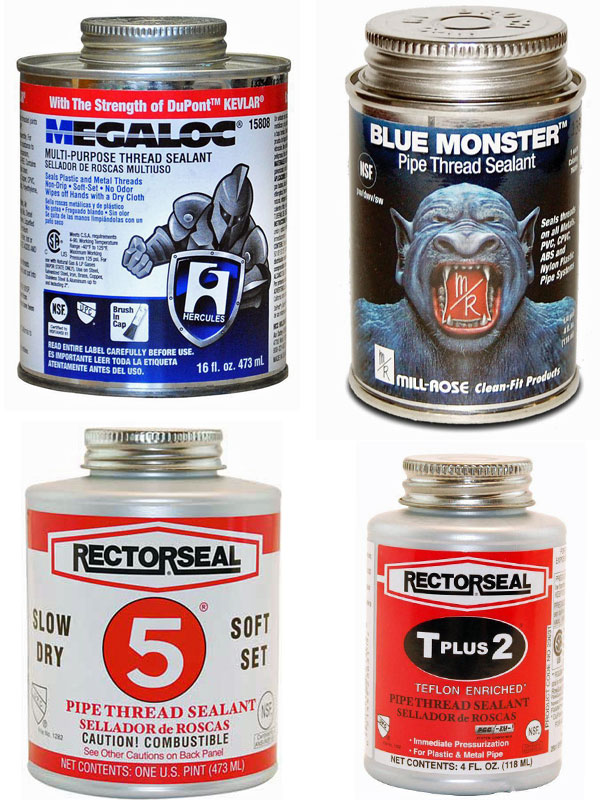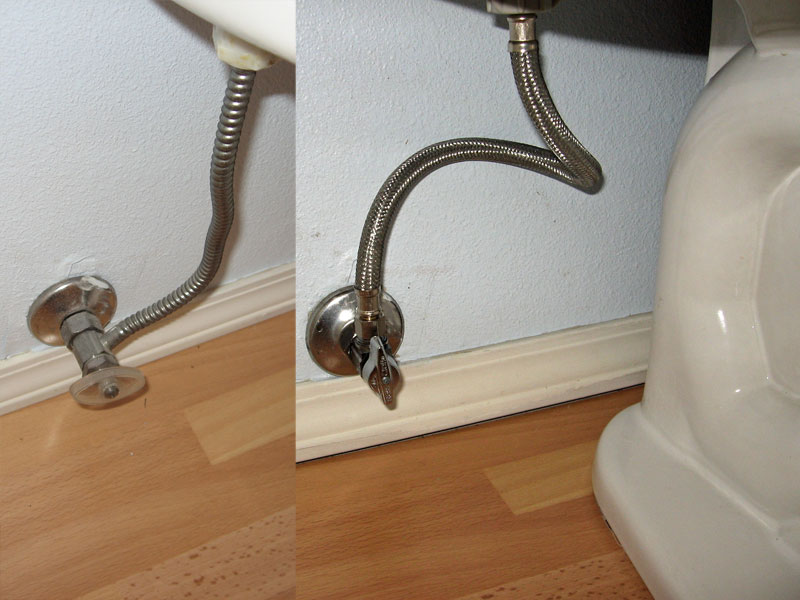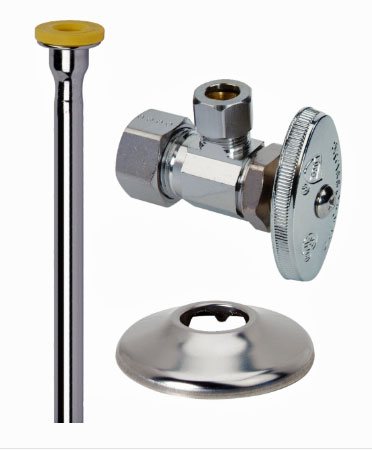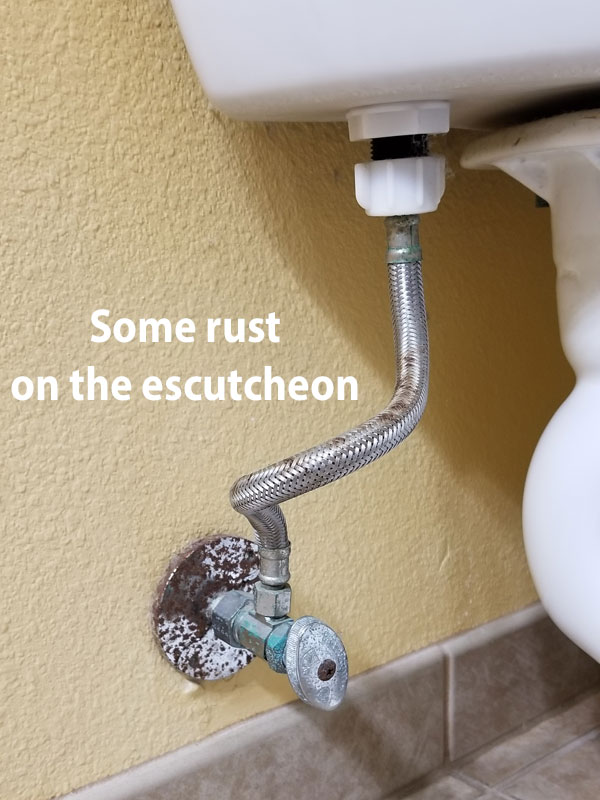Betsy Callahan
New Member
I had a 30 year old, all one single piece, multi turn valve connected on a pipe coming out of the wall, that is used to shut off the water coming to the toilet. There is no separate, threaded hose connected to the valve that goes to the toilet, it is all one steel (or aluminum) piece that connects to the bottom of the toilet from the valve and when I tried to connect it to an attachable toilet bidet, the metal, twisted, serrated, thin connector pipe piece between the valve and the toilet twisted and broke. I needed to replace the old valve and add a more up to date, separate hose to connect the new valve to the toilet. I got the old valve off and used a sleeve puller to get the brass compression sleeve and the old original nut off the pipe coming out of the wall, and the pipe coming out of the wall looked very smooth, clean and shiny. I think it is made of copper.
Anyway, I got the new valve on and connected everything up and when I turned the water on there is a very slow water drip, maybe 12 drops an hour, that comes from the space where the largest, first nut with the new compression sleeve that came with the new valve, meets the copper pipe, closest to the wall. This is the largest nut on the valve and it is the nut furthest from the valve you hand turn to shut the water on and off. This is the nut that is closest to the wall, and the drops form in the space between this nut and the pipe on the side of the nut that is closest to the wall. What did I do wrong? Am I supposed to crimp the compression sleeve onto the pipe some how? I thought threading the main part of the valve onto the the nut with the compression sleeve inside it, on the pipe would automatically tighten everything together, and make it water tight. To fix this do I have to start all over and what do I do differently? There are no other drips or leaks anywhere else on the connection between the valve and the bottom of the toilet tank. Any help would be greatly appreciated. Thank you.
Anyway, I got the new valve on and connected everything up and when I turned the water on there is a very slow water drip, maybe 12 drops an hour, that comes from the space where the largest, first nut with the new compression sleeve that came with the new valve, meets the copper pipe, closest to the wall. This is the largest nut on the valve and it is the nut furthest from the valve you hand turn to shut the water on and off. This is the nut that is closest to the wall, and the drops form in the space between this nut and the pipe on the side of the nut that is closest to the wall. What did I do wrong? Am I supposed to crimp the compression sleeve onto the pipe some how? I thought threading the main part of the valve onto the the nut with the compression sleeve inside it, on the pipe would automatically tighten everything together, and make it water tight. To fix this do I have to start all over and what do I do differently? There are no other drips or leaks anywhere else on the connection between the valve and the bottom of the toilet tank. Any help would be greatly appreciated. Thank you.





